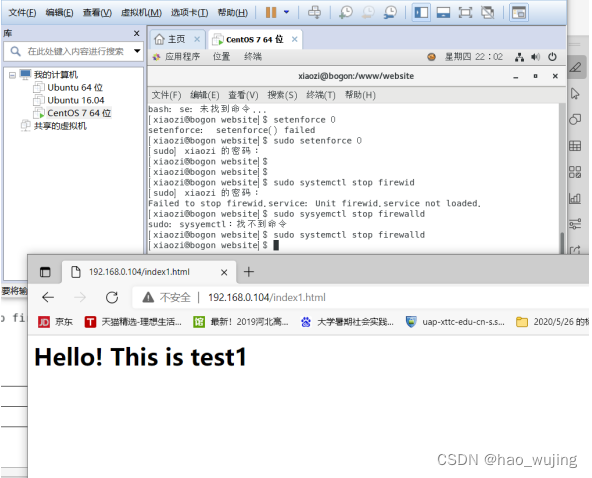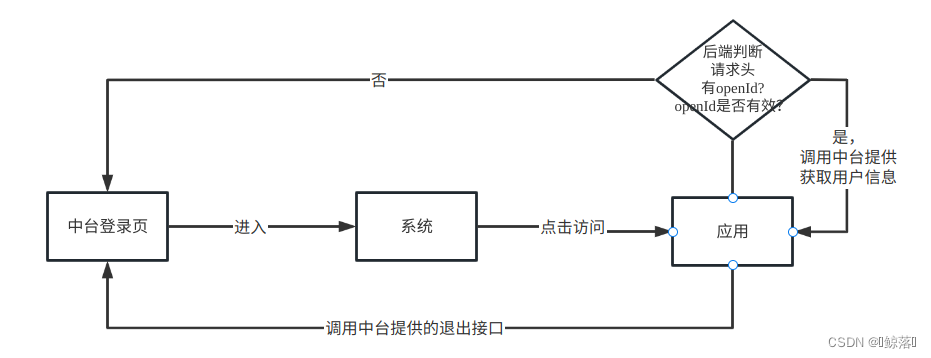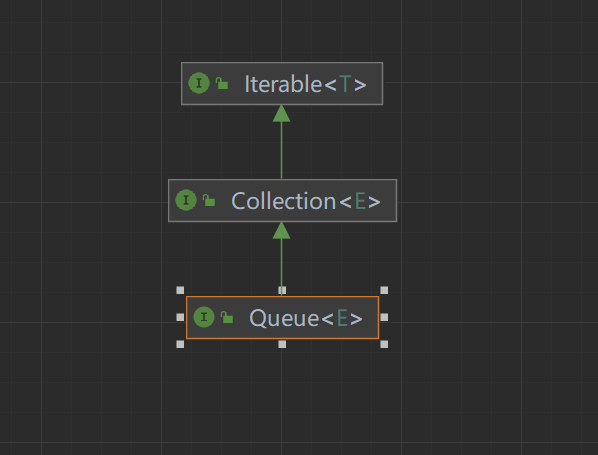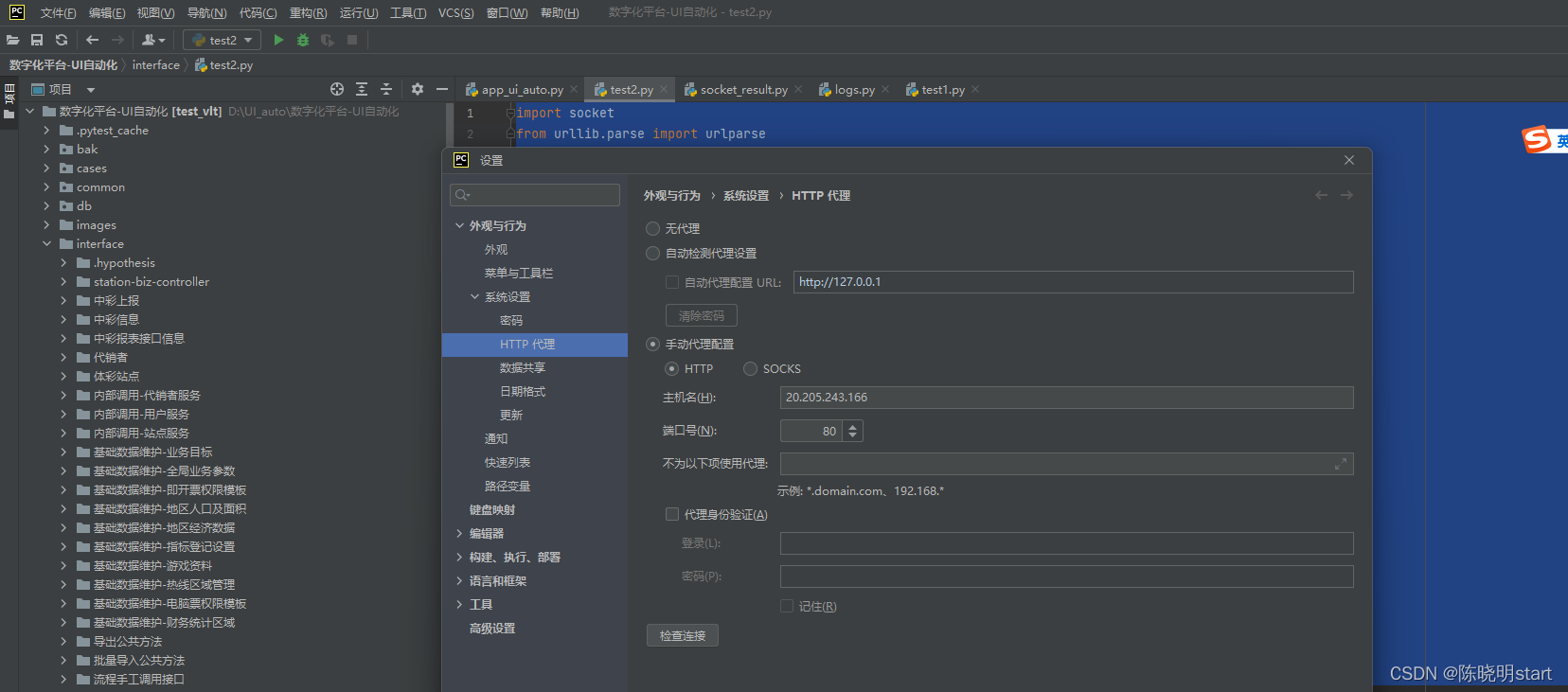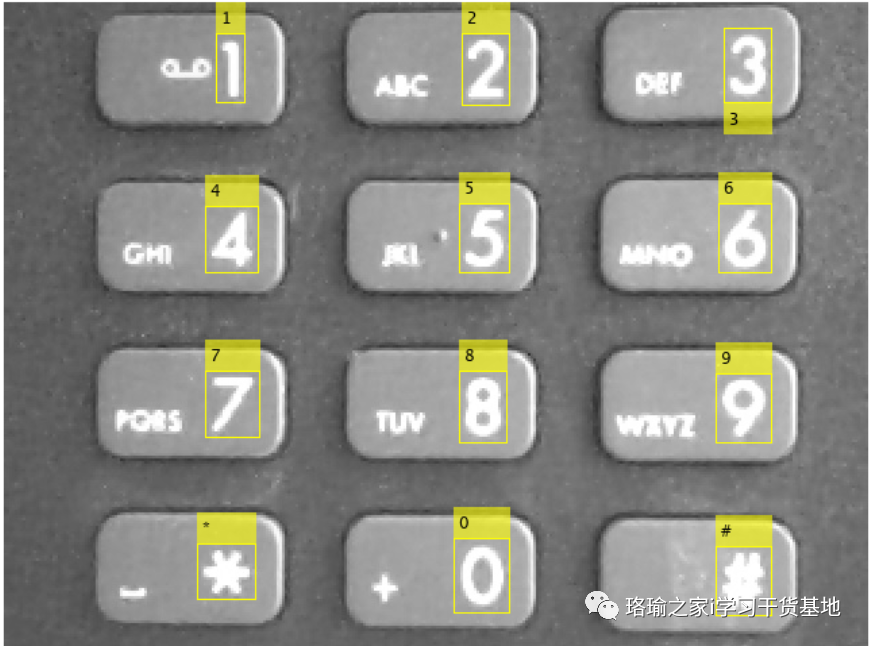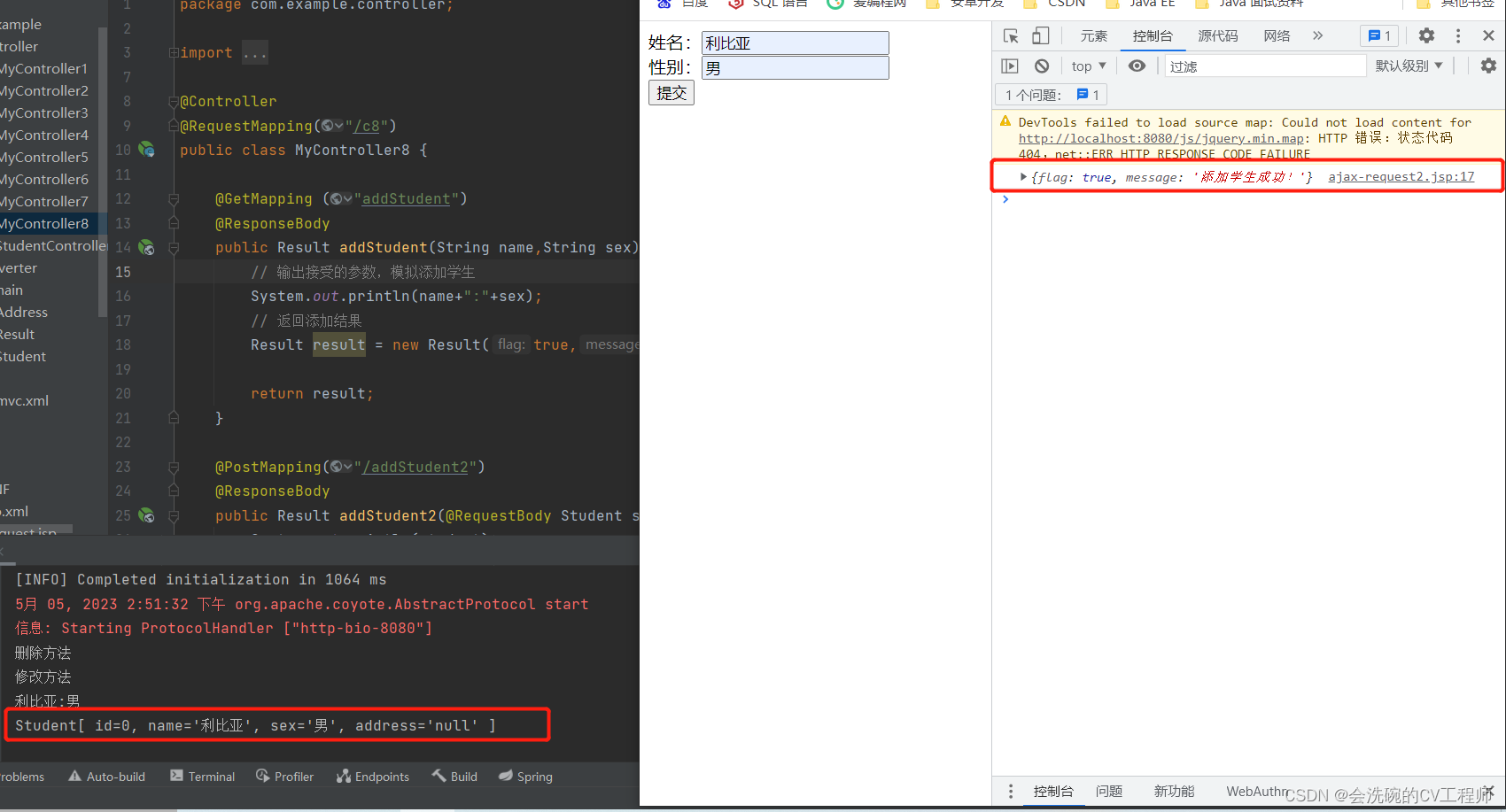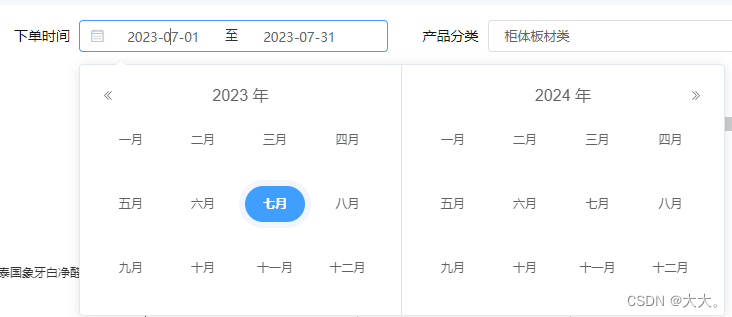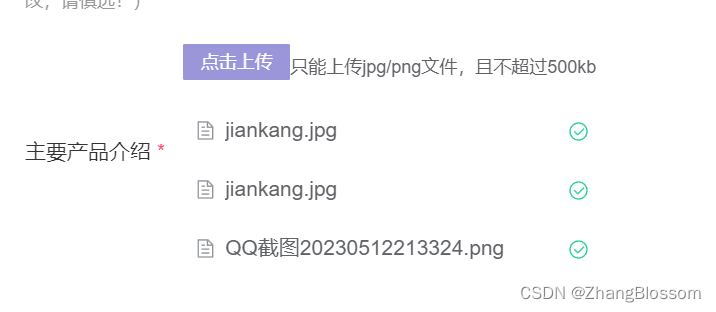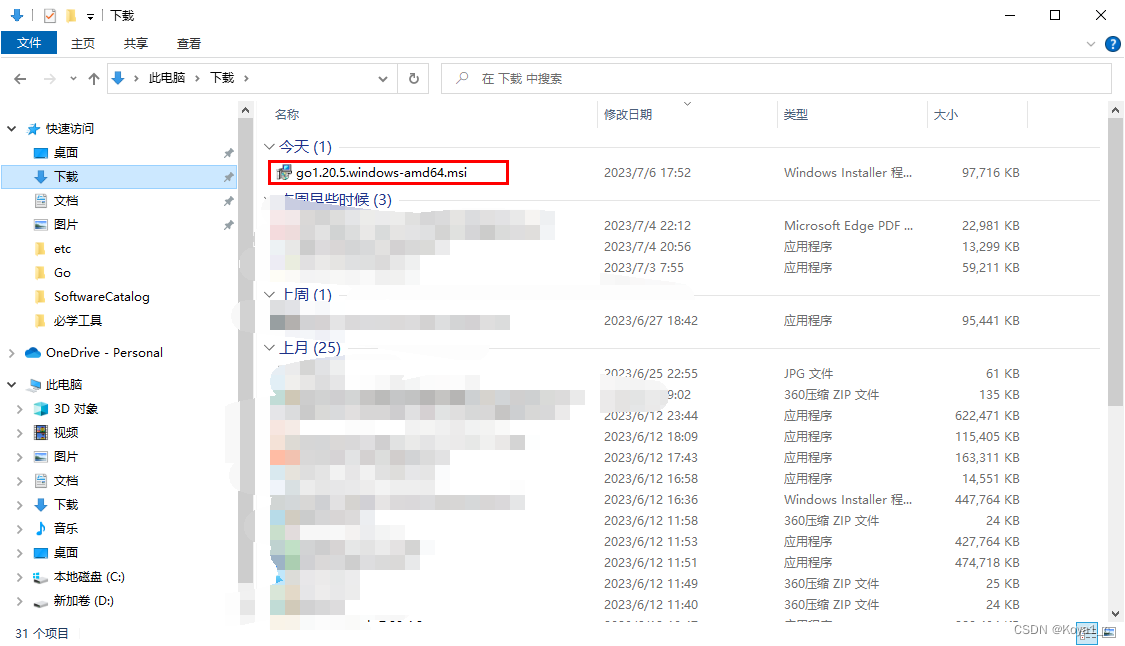目录
- 1.题目
- 2.思路
- 3.代码实现(Java)
1.题目
n 座城市,从 0 到 n-1 编号,其间共有 n-1 条路线。因此,要想在两座不同城市之间旅行只有唯一一条路线可供选择(路线网形成一颗树)。去年,交通运输部决定重新规划路线,以改变交通拥堵的状况。路线用 connections 表示,其中 connections[i] = [a, b] 表示从城市 a 到 b 的一条有向路线。
今年,城市 0 将会举办一场大型比赛,很多游客都想前往城市 0 。请你帮助重新规划路线方向,使每个城市都可以访问城市 0。返回需要变更方向的最小路线数。
题目数据保证每个城市在重新规划路线方向后都能到达城市 0。
示例 1:
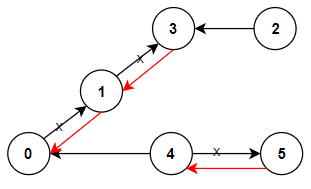
输入:n = 6, connections = [[0,1],[1,3],[2,3],[4,0],[4,5]]
输出:3
解释:更改以红色显示的路线的方向,使每个城市都可以到达城市 0 。
示例 2:

输入:n = 5, connections = [[1,0],[1,2],[3,2],[3,4]]
输出:2
解释:更改以红色显示的路线的方向,使每个城市都可以到达城市 0 。
示例 3:
输入:n = 3, connections = [[1,0],[2,0]]
输出:0
提示:
2 <= n <= 5 * 104
connections.length == n - 1
connections[i].length == 2
0 <= connections[i][0], connections[i][1] <= n-1
connections[i][0] != connections[i][1]
2.思路
(1)BFS
3.代码实现(Java)
//思路1————BFS
class Solution {
public int minReorder(int n, int[][] connections) {
List<Integer>[] graph = buildGraph(n, connections);
//以城市 0 为根节点,将城市之间的路线看作树,levels[i] 表示城市 i 所在的层数
int[] levels = new int[n];
Arrays.fill(levels, -1);
//城市 0 在第 0 层
levels[0] = 0;
Queue<Integer> queue = new ArrayDeque<>();
queue.offer(0);
while (!queue.isEmpty()) {
int city = queue.poll();
for (int next : graph[city]) {
if (levels[next] < 0) {
//更新当前城市所在的层数
levels[next] = levels[city] + 1;
queue.offer(next);
}
}
}
int res = 0;
//计算需要调整的最小路线数
for (int[] connection : connections) {
if (levels[connection[0]] < levels[connection[1]]) {
res++;
}
}
return res;
}
//构建双向图的表示————邻接表
public List<Integer>[] buildGraph(int n, int[][] connections) {
ArrayList[] graph = new ArrayList[n];
for (int i = 0; i < n; i++) {
graph[i] = new ArrayList<>();
}
for (int[] connection : connections) {
int a = connection[0];
int b = connection[1];
graph[a].add(b);
graph[b].add(a);
}
return graph;
}
}


